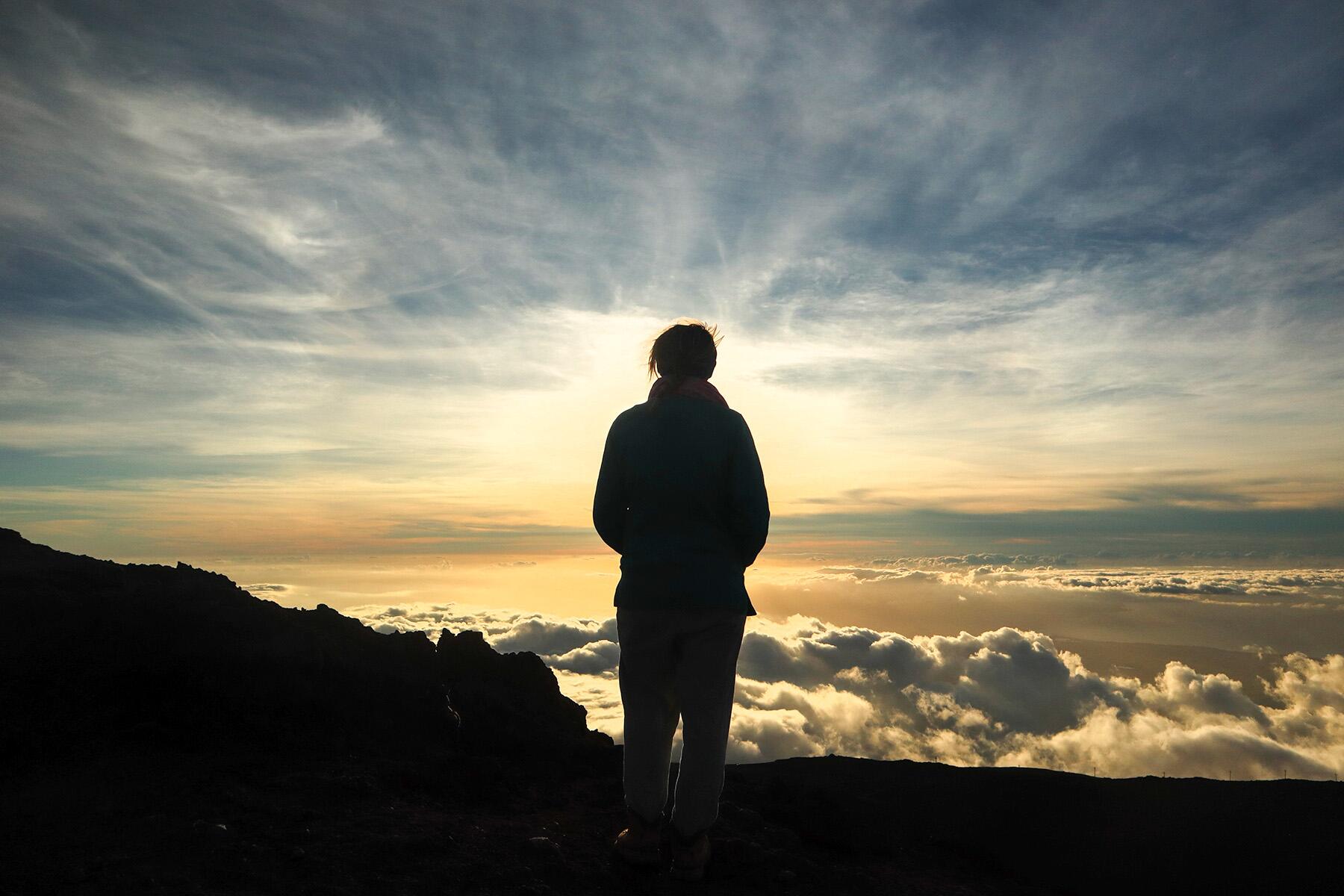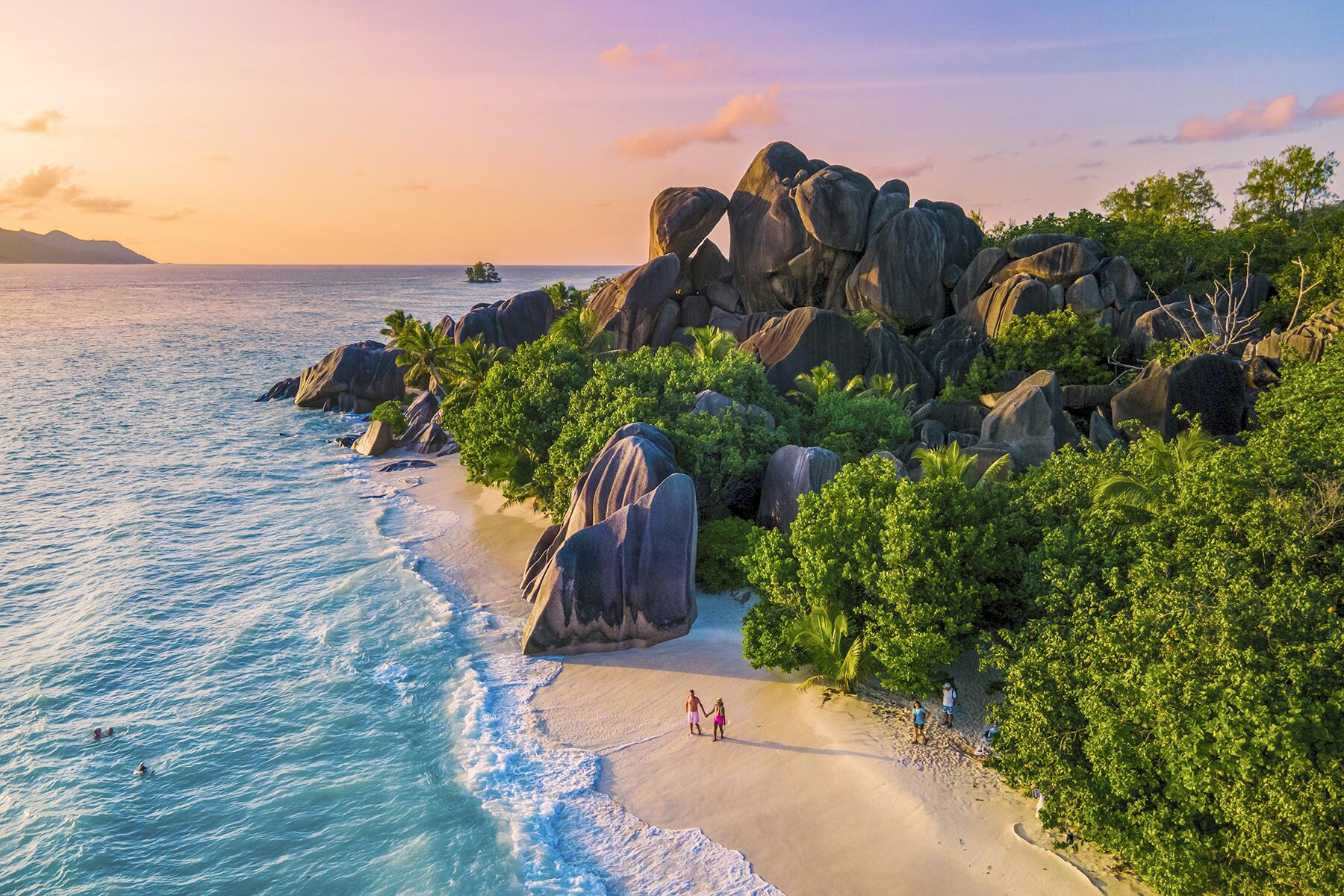This is the insider tip no one talks about.
The famous Japanese poet, Matsuo Basho, once wrote in a haiku:
京にても Kyou nitemo Even while in Kyoto
京なつかしや Kyou natsukashiya I long for Kyoto
The poem is a paean to the city of Kyoto and, having lived there for a year when I was 20, I can attest that there’s something special about this ancient city that leaves you longing for more. For many American travelers, Kyoto is a brief stop on a longer tour of Japan and often is timed to witness the fleeting beauty of the spring cherry blossoms or the equally short-lived, fiery foliage of the Japanese maples in the fall. While both of those are absolutely worth seeing, neither spring nor fall are my favorite season to explore Kyoto. Summer is too hot and humid to even think about leaving the A/C of your hotel room, much less exploring the city on foot. No. The honor of my favorite season goes to winter. On a recent trip to this famed city, using the Fodor’s Finest hotel Hoshinoya as a base, I was reminded that, from the temples and shrines to the quiet serenity of the Hoshinoya, winter has much to offer.
Related: Japan Has Finally Reopened. But There’s A LOT You Need to Know Before Traveling There




